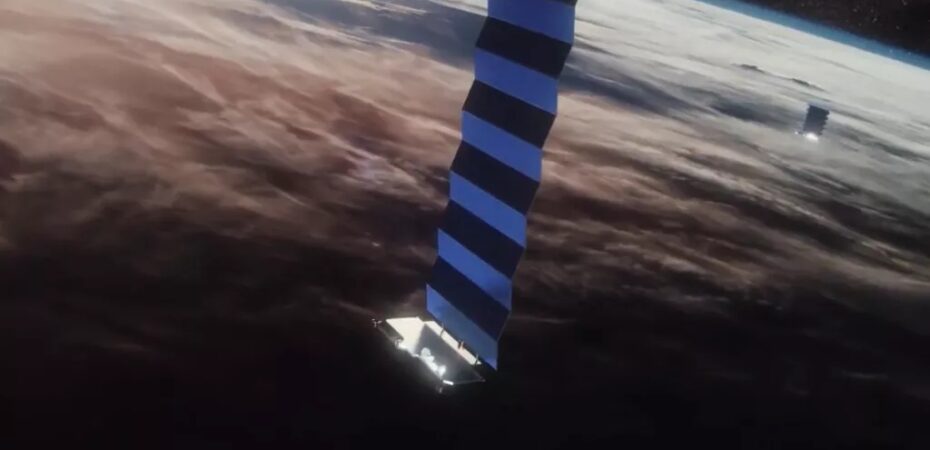https://www.space.com/spacex-starlink-satellite-collision-alerts-on-the-rise
Hugh Lewis, the head of the Astronautics research group at the University of Southampton, U.K., has found that since Starlink’s initial launch in 2019, the megaconstellation’s satellites have become responsible for 50% of all close encounters in space. He predicts that once all of Starlink’s first generation satellites have launched, they will be responsible for 90% of close encounters in space, essentially making Starlink the arbiter of global satellite operations. The addition of space debris makes the situation in close Earth orbit dangerously tenuous, research suggests, as more megaconstellations are launched and sensors improve to detect more and smaller space debris. The lack of communication between satellite operations means that many are “flying blind”, in a sense, and responding to collision alerts is still a manual process. While Starlink uses an onboard automated collision detection system, this information is not transmitted to other operators, often making avoidance more complex.
The fact that Starlink makes up such a huge percentage of these encounters paints a massive target on Starlink’s back. Terrorists, thrill seekers, or other nation states could target Starlink satellites and disrupt the automated collision detection system to cause destructive impacts in space for the purpose of making a statement or disrupting global networks. Additionally, SpaceX has only been a satellite operator for 2 years, and targeting or disrupting ground operations could be very effective on an organization with not much experience in the satellite operations field. With Starlink taking up so much orbital real estate, only a small disruption has the potential for a massive impact.
Critical networks are most at risk to be impacted with this security risk. Starlink itself has the potential to be the main internet provider for large portions of the world, but collisions in space will affect any satellite passing through that region and could affect a large number of satellite-driven networks which are critical to global health and safety. An attack of that type could bring down communication networks for search and rescue operations in a remote location, or disrupt operations at a busy hospital. Beyond the short term impact, a collision has the potential to create enormous amounts of space debris that could impact satellite operations for years or decades and have long term effects on global networks.
